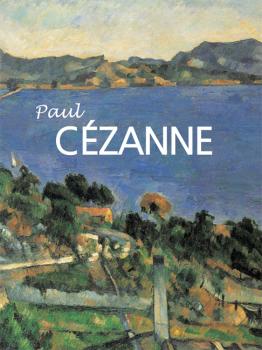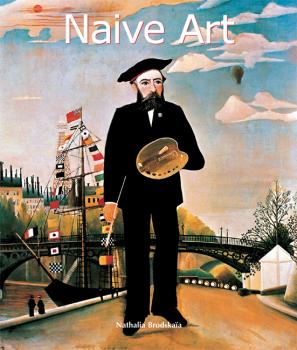ТОП просматриваемых книг сайта:
Nathalia Brodskaya
Список книг автора Nathalia BrodskayaАннотация
Информация о книге
Автор произведения Nathalia Brodskaya
Жанр Изобразительное искусство, фотография
Серия Great Masters
Аннотация
Информация о книге
Автор произведения Nathalia Brodskaya
Жанр Изобразительное искусство, фотография
Серия Best of
Аннотация
Информация о книге
Автор произведения Nathalia Brodskaya
Жанр Изобразительное искусство, фотография
Серия Art of Century
Аннотация
Информация о книге
Автор произведения Nathalia Brodskaya
Жанр Изобразительное искусство, фотография
Серия Art of Century
Аннотация
Информация о книге
Автор произведения Nathalia Brodskaya
Жанр Изобразительное искусство, фотография
Серия Art of Century
Аннотация
Информация о книге
Автор произведения Nathalia Brodskaya
Жанр Изобразительное искусство, фотография
Серия Art of Century
Аннотация
Информация о книге
Автор произведения Nathalia Brodskaya
Жанр Изобразительное искусство, фотография
Серия Art of Century
Аннотация
Информация о книге
Автор произведения Nathalia Brodskaya
Жанр Изобразительное искусство, фотография
Серия Perfect Square
Аннотация
Информация о книге
Автор произведения Nathalia Brodskaya
Жанр Изобразительное искусство, фотография
Серия Perfect Square
Аннотация
Информация о книге
Автор произведения Nathalia Brodskaya
Жанр Изобразительное искусство, фотография
Серия Perfect Square










